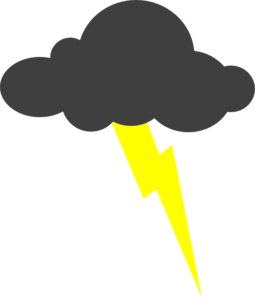Lightning
This task is about the relationship between thunder and lightning.

You can work out roughly how far away a thunderstorm is by counting the number of seconds between when you see the flash of lightning, and when you hear the sound of thunder.
Then you divide the number of seconds by three to get the distance in kilometres.

